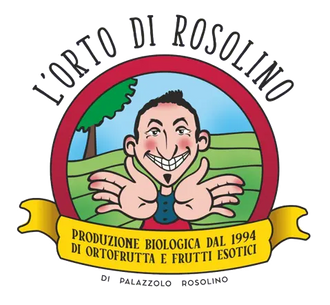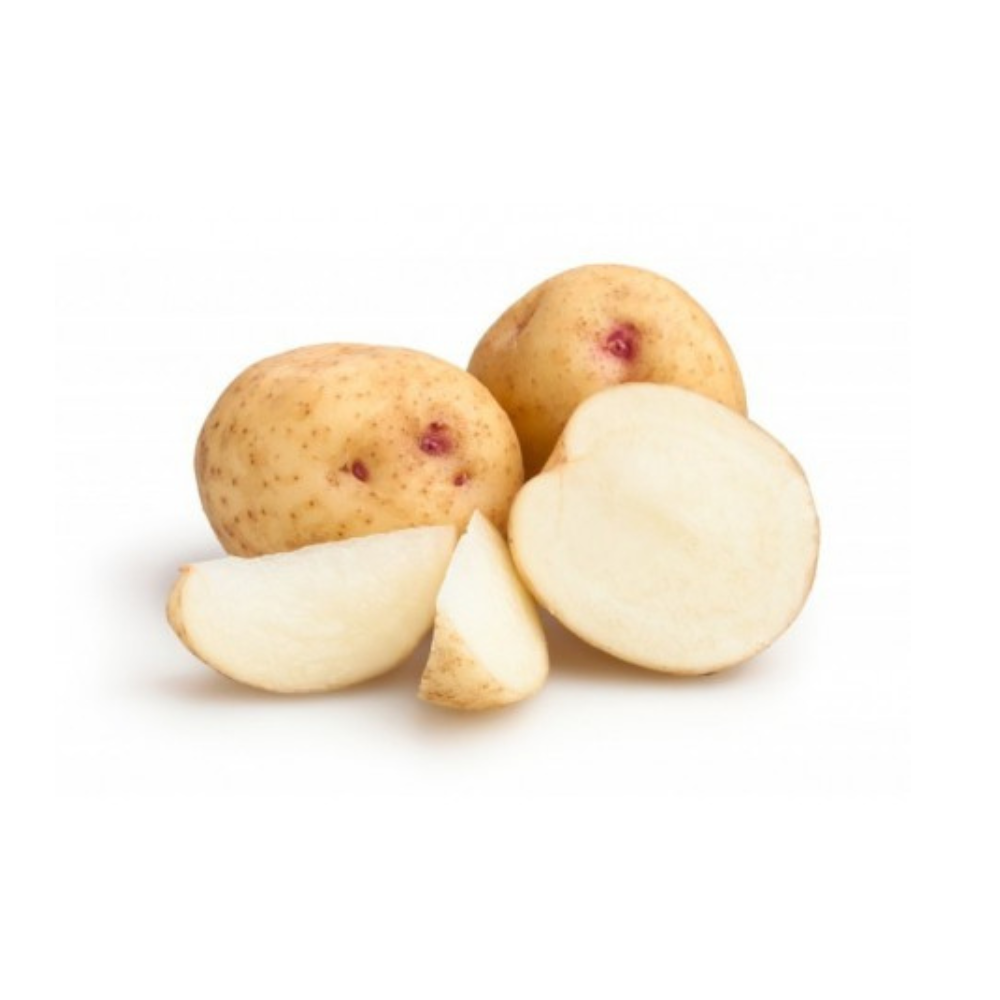Maracujello Passion Fruit Liqueur International Gold Medal 50cl
Regular price
€28,00
Ask a question
Share
Couldn't load pickup availability
Shipping in 48h
Shipping cost €2.99
| Passion fruit is native to Brazil and was used by the Aztecs to prepare refreshing drinks. Spanish missionaries brought it to Europe in the 16th century and, observing the signs of Christ's passion on its flower, they called it Passiflora. There are many known varieties, each one typical of each country. For example, the sweet passion fruit is widespread throughout South America, in Kenya and Hawaii. Cholupa in South America and curuba is typical of Colombia. In Thailand, Malaysia and Indonesia, baldea is grown. Passion fruit represents a huge wealth in economic and nutritional terms. The beauty of its flower is the reason why it is used as an ornamental plant in Europe. However, in America the fruit is consumed. Passion fruit plants are climbing and perennial. Its fruits vary in size and color depending on the species, from yellow to purple-brown or purplish. They are round or oval berries, inside which are the seeds. Its flavor resembles that of guava and is described as sweet and sour. Inside its hard and smooth shell is the pulp, enclosed in a membranous sac, gelatinous, transparent, juicy and bittersweet. According to some researchers, it can be used in the production of juices, nectars, concentrates, syrups and jams. The shell has a high fiber content and the seeds contain proteins and fats. For this reason, it can also be used as a raw material in animal feed. This group of experts believes that the 86% water it contains and the low concentration of sodium make it an excellent diuretic. It provides 12% simple carbohydrates, such as glucose, fructose and sucrose. Any variety of passion fruit awakens the senses with its peculiar aroma and flavor. In addition, they provide a good percentage of vitamin C, fiber and simple sugars, which provide a sweet and sour combination ideal for preparing nectars, juices, sauces, jellies or jams. After tasting the liqueur handcrafted by a Dominican woman, who never wanted to reveal the recipe to us, we tried for years to reproduce the same taste and olfactory emotions within the walls of our home. So after 10 years of testing, and investments in alcohol, fruit of our own production and sugar we have reached the finish line! The maracujello is here in our hands. We recommend you enjoy it chilled and shake the bottle well before pouring. The liqueur is cloudy, intentionally not filtered completely to keep part of the fruit inside in order to keep the taste of the maracuja itself alive, it should be drunk after meals or added to a cocktail, in any case it will speak to you of itself, leaving in your mouth the taste of South America so much joy, this time with the Sicilian maracuja. |




